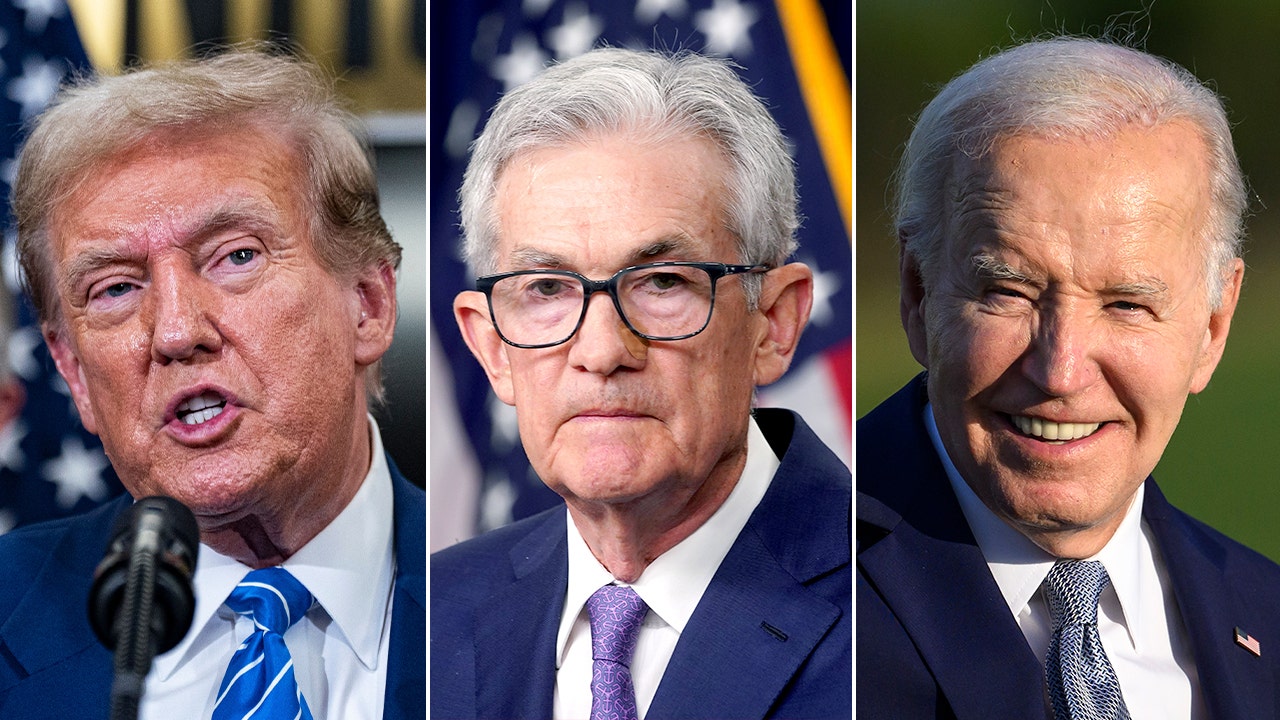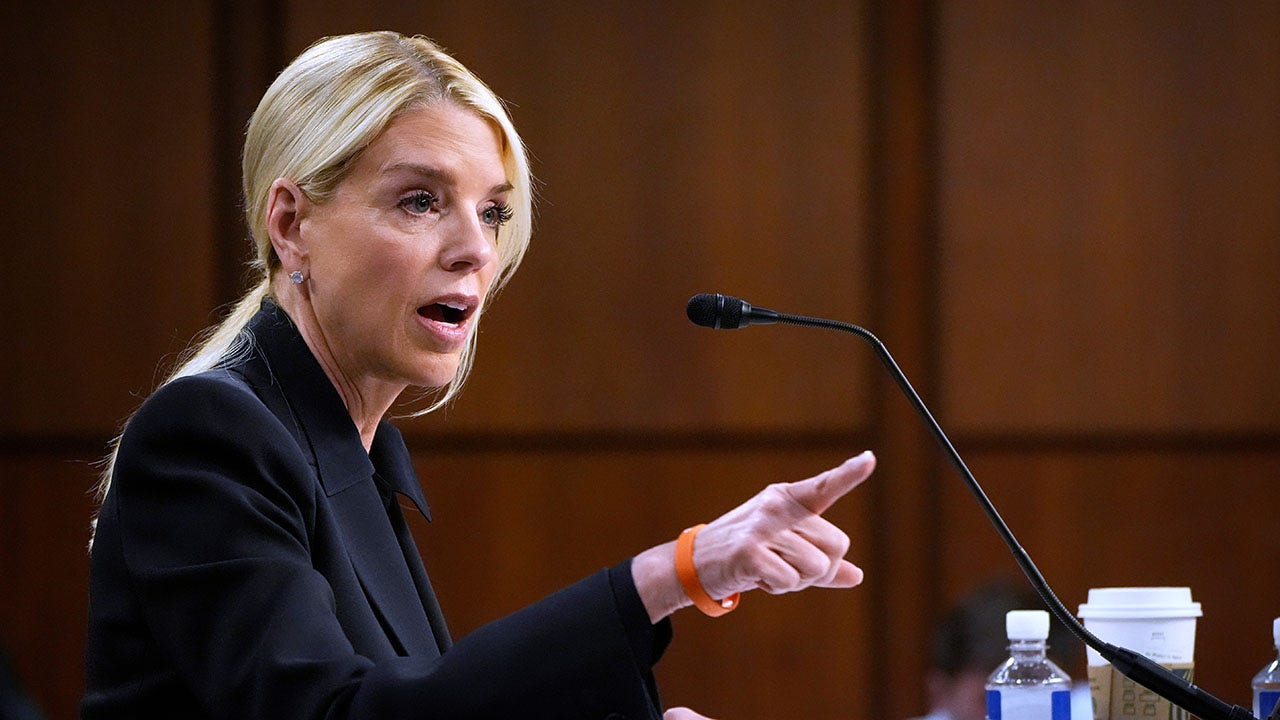Federal Reserve policies deepened income inequality chasm as billionaires benefited greatly across past 4 years

The widening wealth gap in the United States has been exacerbated by the policies of the Federal Reserve in the aftermath of the COVID-19 pandemic, leading to a significant increase in the fortunes of the nation’s wealthiest individuals, according to economic experts. The Federal Reserve’s actions, such as manipulating interest rates and increasing the money supply, have disproportionately benefited billionaires and deepened income inequality.
Economist Peter St. Onge highlighted that the Fed’s decision to drive interest rates down below market value during the pandemic subsidized loans for the rich, allowing them to borrow money at significantly lower rates than the average American. This led to a situation where the top 5% of Americans held significantly more debt and assets compared to the rest of the population. The Fed’s actions effectively showered money on the wealthy and boosted their wealth through increased asset values.
Data from Johns Hopkins University economic professor Steve Hanke showed that billionaires’ share of the GDP increased from 14.1% in 2020 to 21.1% in 2025, while JPMorgan Chase’s private bank estimated a rise in the number of billionaires in the U.S. from 1,400 in 2021 to nearly 2,000 in 2024. Hanke pointed out that the Fed’s excessive money printing during the pandemic led to a surge in asset prices, benefiting billionaires who predominantly own these assets.
The Federal Reserve, as America’s central bank, operates independently and does not require approval from the president or Congress when enacting policies. However, experts like St. Onge and Hanke argue that the Fed’s actions have played a significant role in widening income inequality in the country. St. Onge criticized both Republicans and free-market advocates for failing to address the issue of income inequality and urged for a reevaluation of the government’s manipulation of the monetary system.
While some Democrats have campaigned on the platform of income inequality, St. Onge noted that their arguments are often naive and fail to recognize the role of Federal Reserve policies in exacerbating the wealth gap. On the other hand, Vice President JD Vance has criticized the Biden administration and Wall Street for policies that have negatively impacted the working class, leading to an affordability crisis.
As the debate over income inequality continues, the Federal Reserve’s role in shaping economic policies and contributing to the wealth divide remains a contentious issue. The Fed’s actions have undoubtedly favored the rich and have raised concerns about the long-term implications for the economy and society as a whole. It is essential for policymakers to address these issues and work towards creating a more equitable economic system that benefits all Americans.




